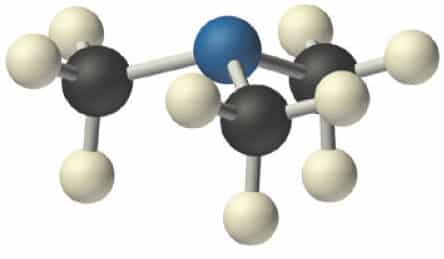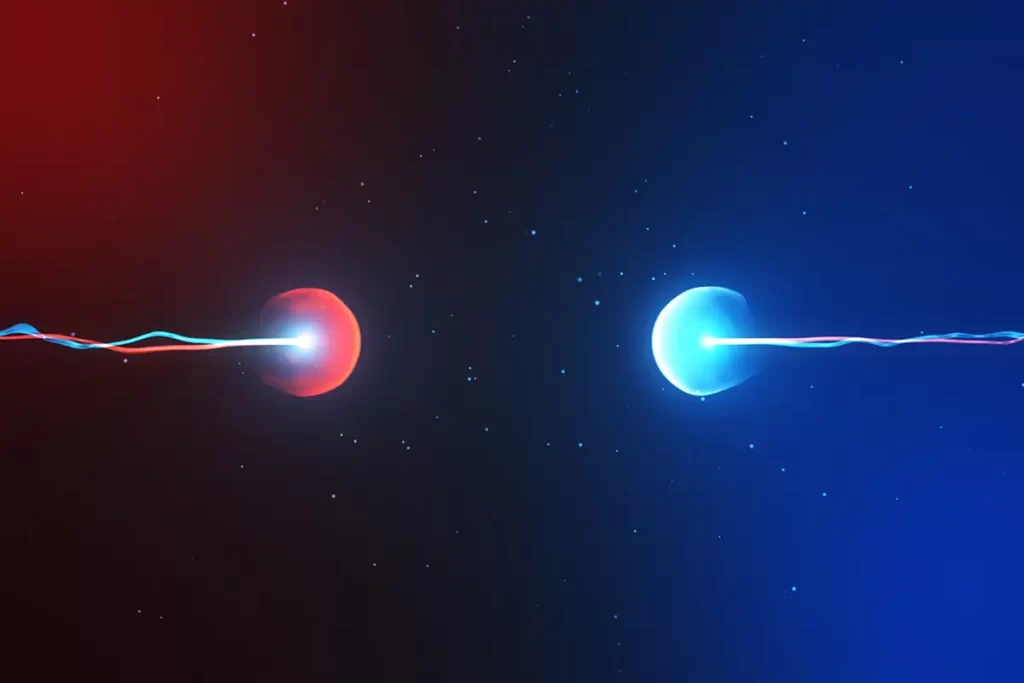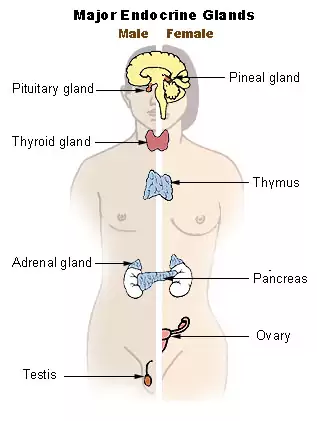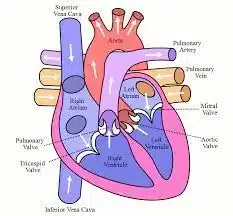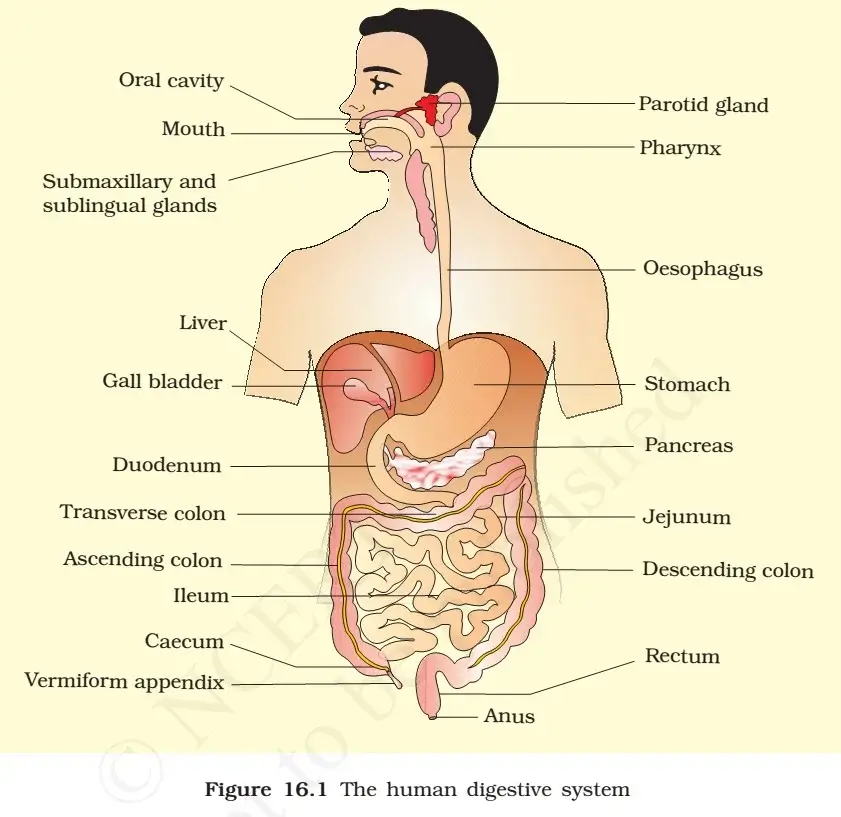List Of Important Chemical Compounds :
Washing Soda (Na2CO3.10H2O)
- Washing soda is a transparent, crystalline solid, soluble in water and the solution is found to be alkaline as it turns red litmus blue.
- Washing soda, the decahydrate of sodium carbonate effloresces in air forming sodium carbonate monohydrate.
- Efflorescence is the process of losing water of crystallization from a hydrated salt when kept exposed to air for a long time.
- Na2CO3 . 10H2O →Na2CO3 . H2O+9H2O
- The so formed monohydrate, Na2CO3. H2O is a white amorphous solid, which is stable in air.
- On heating, washing soda gives anhydrous sodium carbonate called soda ash.
- Na2CO3 . 10H2O →Na2CO3 + 10H2O
- When washing soda is dissolved in hard water, calcium and magnesium salts which cause hardness, react with washing soda and gets precipitated as insoluble solids, thus leaving the water soft.
- Na2CO3 + MgSO4 →Na2SO4 + MgCO3 ¯
- Sodium carbonate is used
- In the manufacture of paper, soap, textiles, paints, etc.
- In laundry as washing soda and as a cleaning agent for domestic purposes.
- As an important laboratory reagent both in qualitative and quantitative analysis.
- In softening of hard water.
Baking Soda (Sodium Bicarbonate NaHCO3)
- It is manufactured by Solvay process. In Laboratory, it can be prepared by saturating aqueous solution of sodium carbonate with carbon dioxide. Na2CO3 + CO2 + H2O → 2NaHCO3
- Baking soda is a white solid. It is sparingly soluble in water and the solution is slightly alkaline which turn red litmus blue.
- Baking powder is a mixture of sodium bicarbonate and tartaric acid.
- Baking powder is used in aerated drinks and as an additive in food stuff to make it soft.
- Sodium carbonate produced during baking is neutralised by tartaric acid present in baking powder.
- When it is heated, it decomposes with the evolution of carbon dioxide gas. Hence, it is used as a constituent of baking powder to soften the dough and to aerate the drinks. The evolution of carbon dioxide also makes it useful for fire extinguishers.
Bleaching Powder (calcium oxychloride (CaOCl2))
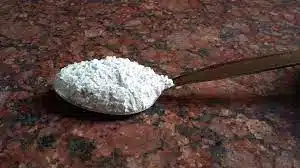
- Bleaching powder is manufactured using Backmann’s plant in which slack lime and Chlorine are made to react to create Bleaching Powder.
- Bleaching powder is a yellowish white powder with a strong smell of chlorine.
- When exposed to air, bleaching powder gives a smell of chlorine. This is because bleaching powder reacts with carbon dioxide from the atmosphere to produce calcium carbonate and chlorine.
- How bleaching Powder bleaches?
- In the presence of a very small amount of dilute acid, it gives nascent oxygen. Due to the evolution of nascent oxygen, it acts as an oxidising and a bleaching agent.
- When it is treated with excess of dilute acids, chlorine is evolved. Chlorine gas produced in this way is known as, “available chlorine” which is responsible for the bleaching action of bleaching power.
- Bleaching powder is used to bleach cotton and linen in textile industry and wood pulp in paper industry. It is also used to bleach washed clothes in laundry.
- Bleaching powder is also used as a disinfectant and germicide, since it liberates chlorine on exposure to the atmosphere which destroys the germs.
- It is also used for disinfecting water for the same reason.
- It is also used as an oxidising agent in many chemical industries.
Plaster of Paris (calcium sulphate hemihydrate CaSO4 . 1/2H2O or (2 CaSO4) . H2O)
- The powder is called plaster of Paris, because the gypsum which was used to get the powder was mainly found in Paris.
- POP is prepared by heating gypsum at 373K in rotary kilns, where it gets partially dehydrated.
- If the temperature is not maintained carefully, further dehydration will take place at higher temperature and setting property of the plaster will be partially reduced.
- Plaster of Paris is a white powder.
- When it is mixed with water (1/3rd of its mass), gypsum is obtained back. It initially forms a plastic mass with the evolution of heat and then sets to a hard solid mass within 5 to 15 minutes.
- Setting of plaster of Paris is accompanied by a slight expansion (about 1%) in volume which makes it suitable for making casts for statues, toys, etc.
- The setting of plaster of Paris can be catalysed by adding sodium chloride to it.
List of important chemical compounds with their common names and chemical formula are tabulated below :
| Common Names | Chemical Compounds | Chemical Formula |
|---|---|---|
| Alum | Potassium Aluminum Sulphate | KAl(SO4)2·12H2O |
| Baking Powder | Sodium Bicarbonate | NaHCO3 |
| Bleaching Powder | Calcium Oxychloride | CaOCL2 |
| Blue Vitriol | Copper Sulphate | CuSO4.5H2O |
| Borax | Sodium Tetraborate | Na2B4O7·10H2O |
| Caustic Potash | Potassium Hydroxide | KOH |
| Caustic Soda | Sodium Hydroxide | NaOH |
| Chalk (Marble) | Calcium Carbonate | CaCo3 |
| Chloroform | Trichloro Methane | CHCl3 |
| Corrosive Sublimate | Mercuric Chloride | HgCl2 |
| Dry Ice | Solid Carbondioxide | CO2 |
| Epsom Salt | Magnesium Sulphate | MgSo4 |
| Glauber’s Salt | Sodium Sulphate | Na2SO4 |
| Green Vitriol | Ferrous Sulphate | FeSo4 |
| Gypsum | Calcium Sulphate | CaSo4 |
| Heavy Spar | Barium Sulphate | BaSO4 |
| Heavy Water | Deuterium Oxide | D2O |
| Hypo | Sodium Thiosulphate | Na2S2O3 |
| Indian Salt Peter | Potassium Nitrate | KNO3 |
| Laughing Gas | Nitrous Oxide | N2O |
| Lime Stone, Marble | Calcium Carbonate | CaCO3 |
| Lime Water | Calcium Hydroxide | Ca(OH)2 |
| Lunar Caustic | Silver Nitrate | AgNO3 |
| Magnesia | Magnesium Oxide | MgO |
| Marsh Gas | Methane | CH4 |
| Mohr’s Salt | Ammonium Ferrous Sulphate | FeSO4(NH4)2SO4.6H2O |
| Oil Of Vitriol | Sulphuric Acid | H2SO4 |
| Pearl Ash | Potassium Carbonate | K2CO3 |
| Philosopher’s Wool | Zinc Oxide | ZnO |
| Plaster of Paris | Calcium Sulphate | CaSO42H2O |
| Potash Alum | Potassium Aluminium Sulphate | KALSO4 |
| Quick Lime | Calcium Oxide | CaO |
| Sand | Silicon Oxide | SiO2 |
| Sal Ammoniac | Ammonium Chloride | NH4Cl |
| Slaked Lime | Calcium Hydroxide | Ca(OH)2 |
| Sugar | Sucrose | C12H22O11 |
| T.N.T. | Trinitrotoluene | C7H5N3O6 |
| Vermelium | Mercuric Sulphide | HgS |
| Vinegar | Acetic Acid | CH3COOH |
| Washing Soda | Sodium Carbonate | Na2CO3 |
| Water Glass | Sodium Silicate | Na2O3Si |
| White Vitriol | Zinc Sulphate | ZnSo4.7H2O |
Important One Liners on Chemical Compounds :
- Calcium hydride is called hydrolith, is used to prepare fireproof and waterproof clothes.
- Platinum is known as white gold.
- Iron pyrite is known as Fool’s gold.
- Stannous sulphide is known as Mosaic gold.
- Aqua Regia is a chemical substance, made by mixing one part of nitric acid and three parts of hydrochloric acid.
- Ferric chloride is used to stop bleeding.
- Sea weeds : contains iodine.
- Chloroform in sunlight form poisonous gas ‘phosgene’.
- Generally transitions metals and their compounds are coloured.
- Zinc phosphide is used for killing rats while zinc chloride is used to prevent termites in wood.
- Sodium peroxide is used in submarine and also to purify closed air in hospital.
- Silver iodide is used in artificial rain.
- Hydrogen sulfide is a colorless, flammable gas that smells like rotten eggs at low concentration levels in the air. It is commonly known as sewer gas, stink damp, and manure gas.
- Trimethylaminuria is a disorder in which the body is unable to break down trimethylamine, a compound derived from the diet that has a strong odor of rotting fish.
- Blue Vitriol (Copper Sulphate) : Used to control fungus and algae.
- Green Vitriol (Ferrous Sulphate) : Used in sewage and water treatment.
- Oil of Vitriol (Sulphuric Acid) : Used for making fertilizers.
- White Vitriol (Zinc Sulphate) : Used for preserving skins and wood.
- Urea was the first organic compound prepared in the laboratory by Wohler from the inorganic compound i.e. ammonium cyanate.
- Acetic acid was the first organic compound synthesized from the elements.
Also refer:

